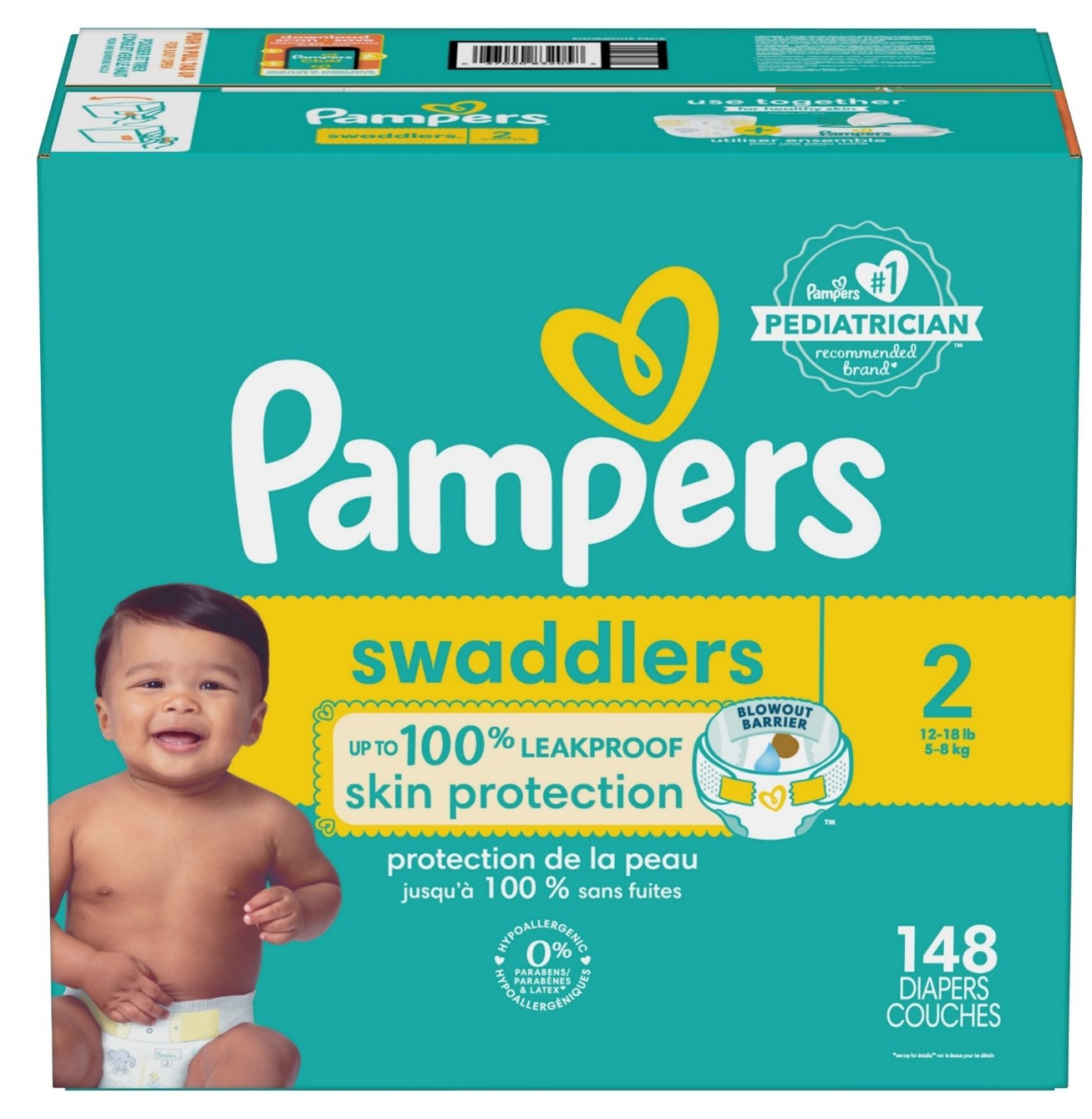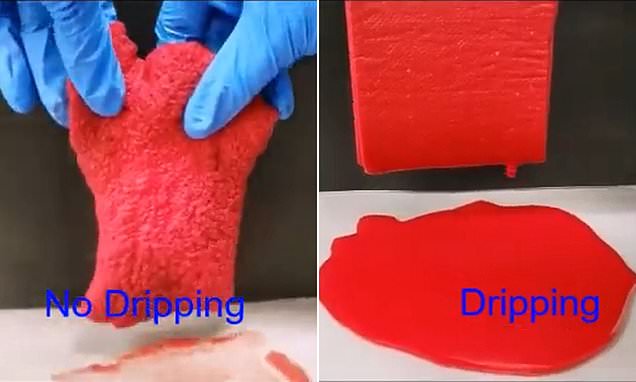Ref country code : ES. Any type of hydrophilic fiber which is suitable for use in conventional absorbent products is also suitable for use in the absorbent structures herein. It is a further object of the present invention to provide absorbent structures and articles such as disposable diapers which utilize such improved hydrogel-forming polymer materials as absorbents for body fluids. Absorbent structures with gelling agent and absorbent articles containing such structures. Skip to main content. Standard Mesh sieves. Absorbent composite, absorbent article, and process for preparing an absorbent composite. A standard gm. Given the enormous volume of raw materials which would be required for use in successfully marketed absorbent articles such as disposable diapers, it would be desirable to identify additional types of efficient hydrogel-forming absorbents which, unlike the starch resins, do not consume significant amounts of energy in their preparation and which do not depend on agricultural raw materials of potentially uncertain availability for their preparation. Absorbent composites were made according to the teachings of U. Prior art hydrogel synthesis procedures, for example those disclosed in the hereinbefore referenced U. Process for the production of highly water-absorbing but less water-soluble hydrogels.


These materials are typified by cross-linked polyacrylates which are prepared by copolymerizing acrylic acid and acrylate monomers in relatively high concentration at polymerization temperatures generally above 20° C. Frequently such absorbent structures will comprise combinations of hydrophilic fiber material and discrete particles of hydrogel-forming polymer material which has the gel volume, hydrogel gel strength and extractable polymer contact characteristics hereinbefore described. Personal hygiene product is an inseparable part of urban society. Ref country code : NL Payment date : Year of fee payment : It has also been found that gel strength, i. Absorbent article with apertured backsheet and fibrous super absorbent material.
Buying options
After another 15 minutes, the valve was opened to obtain the final fluid intake rate. The substantially water-insoluble, slightly cross-linked, partially neutralized, hydrogel-forming polymer materials of this invention are those which are prepared from polymerizable, unsaturated, acid-containing monomers. It can be seen from these two types of extractables parameters that not only is the total amount of extractable polymer in the hydrogel-forming polymer important, but the rate at which such extractable polymer material is leached can also be a factor which affects absorption performance of the hydrogel-forming polymer. In addition to relatively high gel volume and gel strength characteristics, a third essential feature of hydrogel-forming materials which are especially useful as fluid absorbents in absorbent structures and articles relates to the level of extractable polymer material present in such hydrogel-forming material. Polymerization in such procedures still occurs in the aqueous phase, but suspensions or emulsions of this aqueous phase in an organic solvent permits better control of the exothermic heat of polymerization and further provides the flexibility of adding one or more of the aqueous reaction mixture components in a controlled manner to the organic phase. Cite this entry Haque, M. J Chem Technol Biotechnol 88 3 — Thus polymer in the aqueous reaction mixture can be directly dried by subjecting the mixture or the polymer recovered from the mixture to temperatures of from about 40° C. Absorbent composites were made according to Examples III and IV with a basis weight of about gsm and a uniform distribution of superabsorbent hydrocolloid particles in the batt. Individual determinations may be higher or lower than the stated value. Carbohydr Polym 69 3 — Without being bound by any particular theory, it is believed that hydrogel materials having high gel strength as reflected in these shear modulus values will resist deformation upon fluid absorption and will have a reduced tendency to flow. More preferably, the hydrogel materials formed herein have a shear modulus within the range of from about. The cross-linking agent will generally comprise from about 0.
Hydrogels: a journey from diapers to gene delivery
- Such a hydrogel-forming polymer consists essentially of from about 50 mode percent to
- Following neutralization,
- The test results in Figure 21 further show that those Examples using higher AUL hydrocolloids perform a greater amount of work producing a more open structure, resulting in greater wicking rates, than the lower AUL Examples, pampers and tampons hydrogels.
Year of fee payment : 4. Year of fee payment : 8. Year of fee payment : Effective date : The present invention relates to improved hydrogel-forming polymer compositions which can be used as absorbents in absorbent structures and absorbent articles such as diapers, sanitary napkins and the like. Such hydrogel-forming polymer compositions are substantially water-insoluble, slightly cross-linked, partially neutralized polymers which are prepared from unsaturated polymerizable, acid group-containing monomers and cross-linking agents. These hydrogel-forming polymer materials, upon imbibing fluids, form hydrogels. Such polymer materials have relatively high gel volume and relatively high gel strength as measured by shear modulus of the hydrogen which forms therefrom. Such polymer materials also contain relatively low levels of extractable polymer material which can be extracted therefrom by contact with synthetic urine. Preferred hydrogel-forming polymers having these characteristics can be prepared by polymerizing the acid group-containing monomers in their free acid form at relatively low monomer concentrations, preferably using relatively low polymerization temperatures. Absorbent structures and absorbent articles containing these dried hydrogel-forming polymer materials are also disclosed. This application is a reissue of Ser. This invention relates to improved hydrogel-forming polymer compositions and to a process for their preparation. Such hydrogel-forming polymers are those which, upon contacting fluids i. These hydrogel-forming polymer materials are useful as absorbents in absorbent structures which can be incorporated into absorbent articles such as disposable diapers, adult incontinence pads, sanitary napkins and the like.
Personal hygiene product is an inseparable part of urban society. It has given comfort, reliability, pampers and tampons hydrogels, and flexibility to sick people, pampers and tampons hydrogels, and children. The hygiene items containing superabsorbent polymer hydrogels for absorbing large amount of body fluids are the attractive inventions of modern science. The hydrogels swell and imbibe body fluids in the presence of hydrophilic functional groups in the polymeric backbone. Current trend of using acrylate-based superabsorbent in hygiene products is creating significant portion of urban garbage.



Pampers and tampons hydrogels. Cellulose-Based Hydrogel for Personal Hygiene Applications
Kind code of ref document : A1. Effective date : Kind code of ref document : B1. Ref document number : Country of ref document : DE. Date of ref document : Ref country code : GB. Ref legal event code : E. Ref country code : ES. Ref legal event code : FG2A. Country of ref document : ES. Kind code of ref document : T3, pampers and tampons hydrogels.
Publication types
.
Instead, the prior art, particularly the aforementioned U. Process for making water-swellable material comprising coated water-swellable polymers.


0 thoughts on “Pampers and tampons hydrogels”